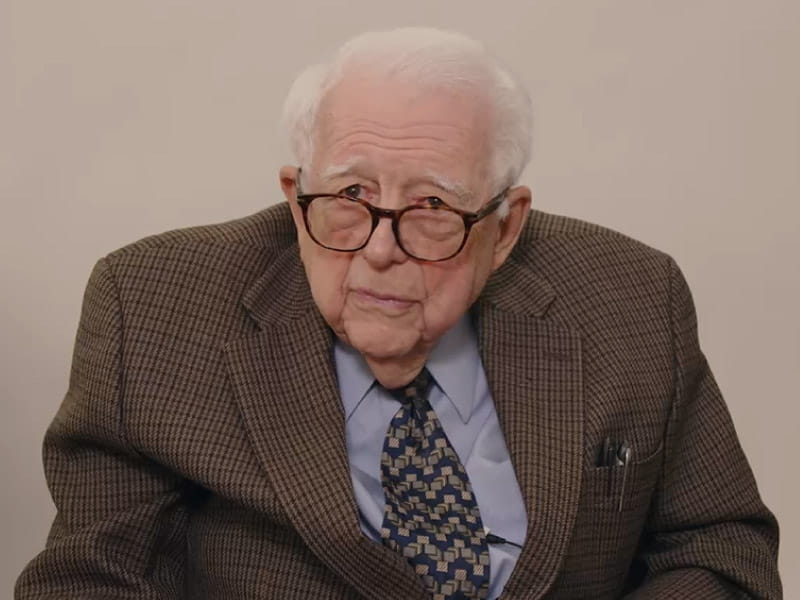Introducing the Centennial Collection: A century of cardiology progress

If you had serious heart disease a century ago, there's a good chance doctors wouldn't tell you — but would inform a friend or relative.
That was the advice of a prominent medical textbook of the 1920s, an era when heart disease "prevention" was a fledgling concept focused on the development of acute rheumatic fever, which can lead to deadly heart damage.
And the threshold then for high blood pressure? A whopping 160/95 mm Hg.
In this week's issue of Circulation, the American Heart Association's flagship journal, preeminent cardiologist Dr. Eugene Braunwald kicks off the AHA's centennial year with a bird's eye perspective of cardiovascular conditions as they were understood in 1924.
Braunwald, of Brigham and Women's Hospital and Harvard Medical School, also outlines key developments in a century of cardiology. At age 94, he has witnessed much of it.
The field's transformation is "breathtaking," Braunwald writes, noting crucial progress in understanding and preventing cardiovascular risk factors as well as advances in procedures, imaging, devices and drugs.
Much work remains to be done, he says, but "we truly stand on the shoulders of giants."
Dr. Braunwald's article is featured in the American Heart Association journals' Centennial Collection.





